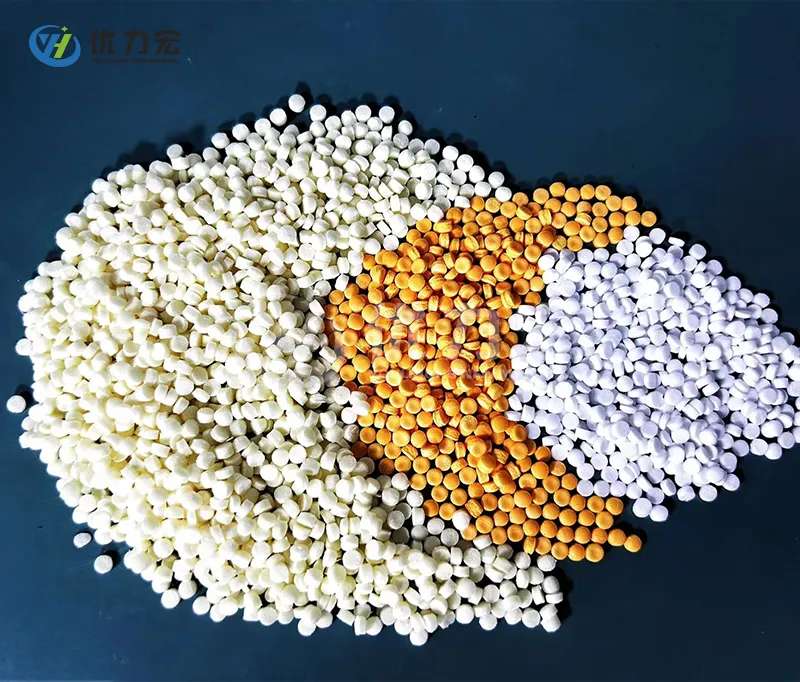In the realm of environmental science and marine ecology, the use of dispersants during oil spill incidents has been a contentious topic. While these chemical agents are designed to mitigate the immediate impacts of oil spills by breaking down oil into smaller droplets, their application can lead to a myriad of negative effects that warrant careful consideration. This article delves into the multifaceted adverse consequences of dispersants, exploring their ecological, chemical, and socio-economic implications.
Understanding Dispersants: A Double-Edged Sword
Dispersants are surfactants that facilitate the dispersion of oil in water, promoting biodegradation by increasing the surface area available for microbial action. However, the very properties that make dispersants effective can also render them hazardous. The primary components of dispersants, such as surfactants and solvents, can introduce new pollutants into marine ecosystems, potentially exacerbating the situation they aim to remedy.
Ecological Impacts
- Toxicity to Marine Life: One of the most pressing concerns regarding dispersants is their toxicity to marine organisms. Studies have shown that dispersants can be harmful to a wide range of marine species, including fish, invertebrates, and phytoplankton. For instance, the use of dispersants during the Deepwater Horizon oil spill raised alarms about the long-term effects on fish populations and their reproductive health. The toxicity can lead to decreased survival rates, impaired growth, and altered behavior in marine organisms.
- Bioaccumulation and Biomagnification: The introduction of dispersants into marine environments can lead to bioaccumulation of toxic compounds in the food web. As smaller organisms absorb these chemicals, they can be transferred to larger predators, resulting in biomagnification. This process poses a significant risk to apex predators, including marine mammals and birds, which may suffer from reproductive failures and population declines.
- Disruption of Ecosystem Dynamics: The application of dispersants can alter the natural dynamics of marine ecosystems. By breaking down oil into smaller droplets, dispersants can change the way oil interacts with sediments and water columns. This alteration can affect nutrient cycling, habitat structure, and the overall health of marine ecosystems, leading to long-term ecological shifts.
Chemical Concerns
- Formation of Toxic Byproducts: The interaction between dispersants and oil can lead to the formation of toxic byproducts that may be more harmful than the original oil itself. These byproducts can persist in the environment, posing risks to both marine life and human health. The chemical composition of dispersants can also vary, leading to unpredictable outcomes when mixed with different types of oil.
- Increased Bioavailability of Hydrocarbons: Dispersants can enhance the bioavailability of hydrocarbons, making them more accessible to marine organisms. While this may facilitate biodegradation, it can also increase the exposure of marine life to toxic compounds, leading to heightened risks of chronic toxicity and long-term health effects.
Socio-Economic Implications
- Impact on Fisheries and Livelihoods: The use of dispersants can have significant socio-economic repercussions, particularly for communities reliant on fishing and tourism. The potential for long-term ecological damage can lead to declines in fish populations, affecting local fisheries and the livelihoods of those who depend on them. Furthermore, public perception of water safety can deter tourism, compounding economic losses.
- Regulatory and Liability Challenges: The use of dispersants raises complex regulatory and liability issues. The lack of comprehensive understanding of their long-term effects can lead to legal challenges and disputes over responsibility for environmental damage. This uncertainty can hinder effective response strategies and complicate recovery efforts for affected communities.
Conclusion: A Call for Caution
While dispersants can play a role in oil spill response, their negative effects cannot be overlooked. The ecological, chemical, and socio-economic implications of their use necessitate a cautious approach. As we continue to grapple with the challenges posed by oil spills, it is imperative that we prioritize research into alternative response strategies that minimize harm to marine ecosystems and coastal communities. A balanced understanding of the risks associated with dispersants will enable us to make informed decisions that protect our oceans for future generations.




